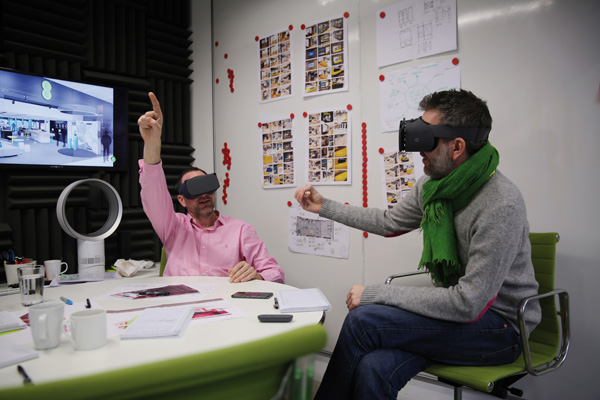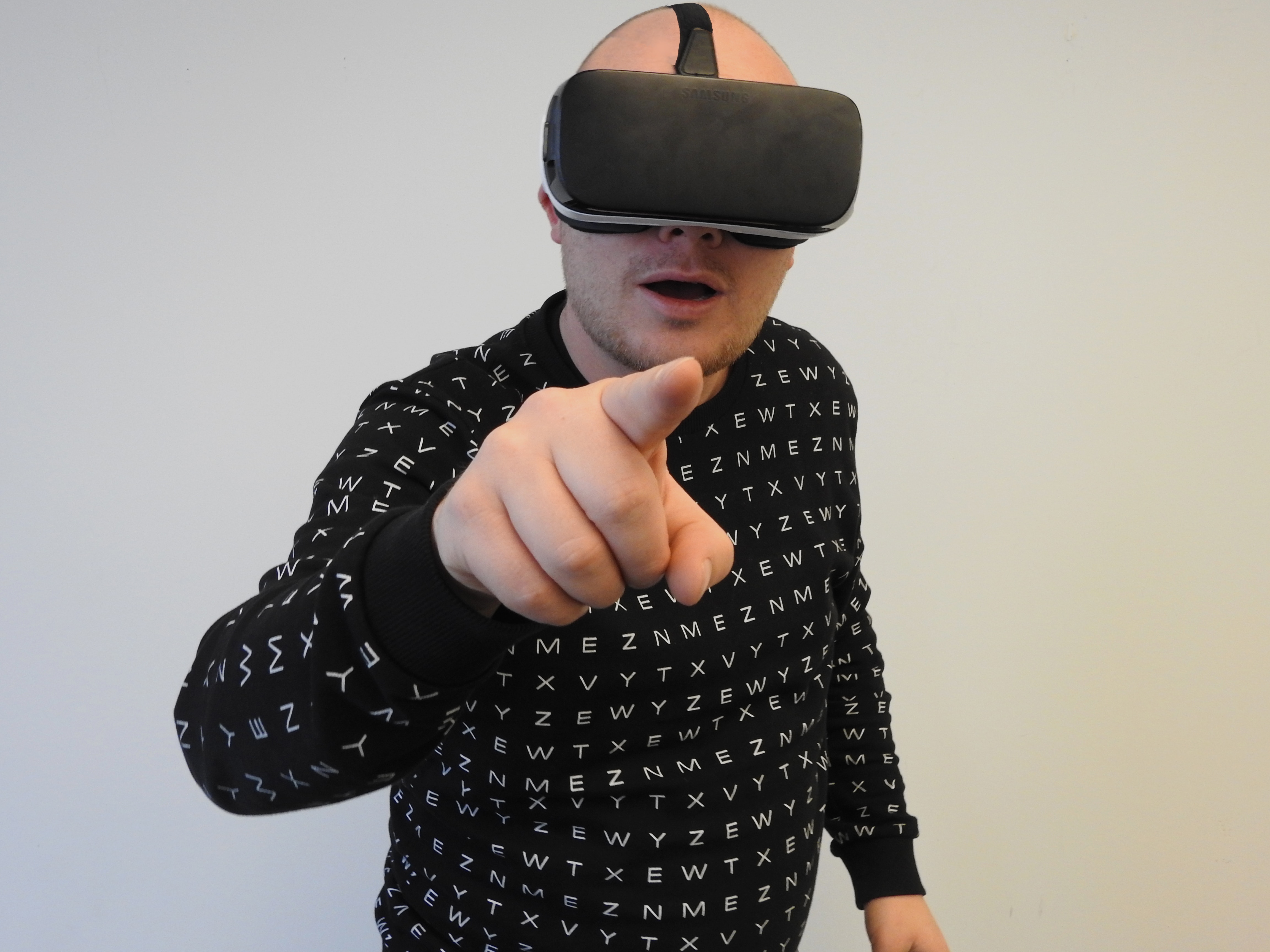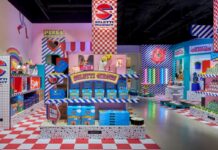The best retail designers are not only great ideas people, they’re also highly skilled at explaining and selling in their concepts. Charisma and eloquence count in these early stages, convincing the client to part with their precious budget is a tall order at the best of times. However, since the earliest days, designers have always needed a little help in showing what’s in their heads to prospective patrons — like the exquisite wooden models created for the Duomo in Florence by architect Filippo Brunelleschi in the 15th century.
In more recent times, physical models have been joined by floor plans and 3D renders as a means of explaining design intention. These tools are useful enough, but sometimes there’s still a disparity between what the client was expecting and the final reality of the designs. Drawings, however detailed or accomplished, can be misinterpreted or misunderstood, it can be difficult for some people to make the conceptual leap from static illustration to actuality.
Not so with virtual reality, the latest weapon in the retail designer’s armoury. VR is fast becoming not only an essential means of presenting a new project, but an integral part of the whole design process. It provides a really easy-to-use, immersive experience, which can put both client and designer into virtual spaces. Everyone is speaking the same language from the off, so there’s little chance of anything being lost in translation. Promise and expectation are met when our clients see a finished store and remark that it’s exactly how they imagined it at the beginning.
The real power of VR is that it’s a visceral experience, really immediate, intuitive and to scale. This means that feedback, input and direction from stakeholders is clearer and more informed, which is a great help to the design team. What’s more, VR files are really easy to share — we can send virtual walkthroughs to clients on the other side of the world, which they can upload to their phones and review at their convenience. Different colleagues all get a very similar experience, so they share the same points of reference and are singing from the same hymn sheet from Day One.

Crucially, VR allows the designer to bring clients into store (at least virtually) before a single brick has been laid. This minimizes risk and means you can get the design right up front. You can tweak, adjust or make changes before committing to any spending on the physical store, which saves time, money and angst in the long run.
And that’s just the start. We’re finding that VR is not only an invaluable presentation tool at the beginning of a new project, but can be of real help at almost every stage of the design process. For example, we use it for research and seeing what the competition is up to, using 360° images or 3D movies that can be viewed on screen or via a VR headset. You can, for example, send files of new, innovative London stores to clients in the US, and they’ll get a clear, compelling picture of what’s happening on the other side of the Atlantic, without having to go near an airport.
At the design stage, it’s perfect for exploring and sharing work in progress concepts and ideas, spatial layouts, colours, materials, finishes and more. Your final concept presentation can be a virtual walk through the proposed store environment, helping the design team to sell their ideas in to all relevant stakeholders.
Once we’re at the build stage, we often use VR headsets to explain complex detailing to contractors on site. And during evaluation, we can identify issues and find solutions quickly, as well as looking into any possible design improvements with our clients while the work is still ongoing.
Finally, VR also comes into its own as a staff support tool. For instance, we can now train staff teams how to use the features in a new store using VR headsets before completion, so they’re good to go as soon as the doors open. We can also work with visual merchandising teams to consider where best to display new products or point-of-sale materials, moving them around virtually.
The relationship of VR and retail design is in its infancy, and looks set to become more and more sophisticated in the coming years. Exciting possibilities such as shared experiences, eye tracking and augmented reality are already with us, but are still developing and still expensive.
For now, VR set-ups like the accessible and portable Google Daydream and Samsung Gear are making the working lives of retail designers more dynamic and interesting and radically improving the channels of communication between clients, designers and contractors. Virtual reality is here to stay — and that’s for real.
















